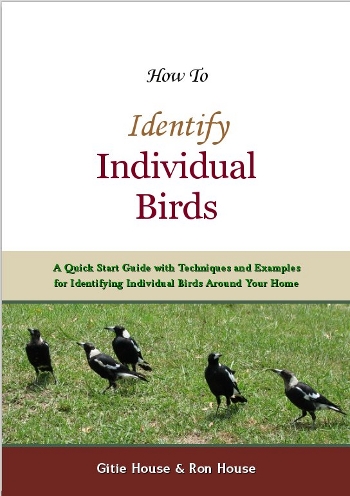 |
Identifying Individual Birds: | Communicating with Wild Birds: | Bird Intelligence & Relationships | Other Hearts |
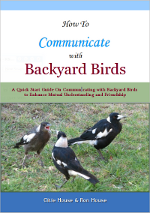 |
|
| Communicating - Articles | Not Just A Bird.... | Meeting Maggie | Flying Foxes & Bats | |||
| Rescuing Birds | No Life for Caged Birds | |||||
| Feathery Tales | Your Winged Friends | The Sticky Beak - Slideshows | Books | |||

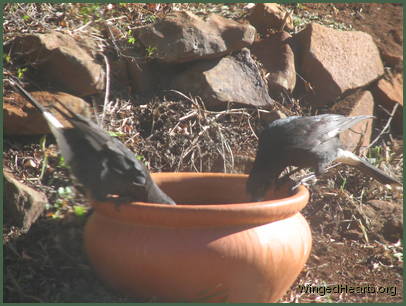
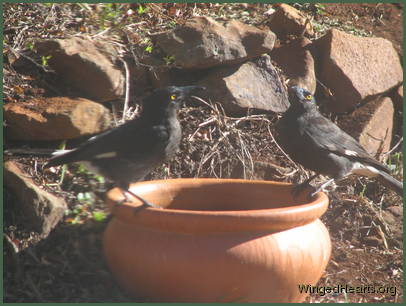
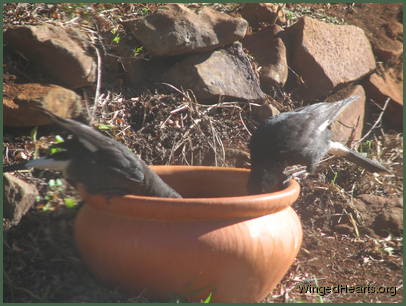
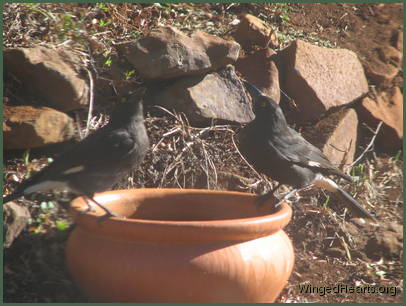
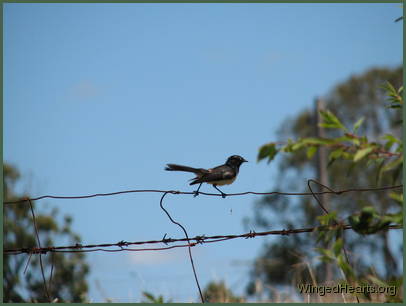 The 30 day blog challenge is over for those of us who live down under in Australia. It's already 1 hour into the 1st July (yes I am so addicted to writing for you that I'm still up at 1.00 am.)
The 30 day blog challenge is over for those of us who live down under in Australia. It's already 1 hour into the 1st July (yes I am so addicted to writing for you that I'm still up at 1.00 am.) 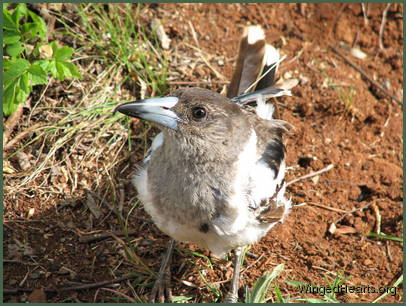
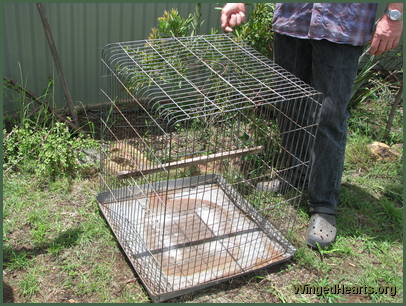
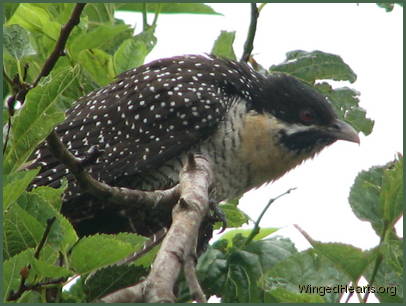 The first time a bird sees a camera, he/she may feel a bit unsure of the big thing we place next to our eyes that also makes a clicking sound. But in no time at all, they realise that the sound poses no danger to them. Once they become comfortable with the sound, they feel quite amused by our fondness for pointing this object towards them.
The first time a bird sees a camera, he/she may feel a bit unsure of the big thing we place next to our eyes that also makes a clicking sound. But in no time at all, they realise that the sound poses no danger to them. Once they become comfortable with the sound, they feel quite amused by our fondness for pointing this object towards them.




